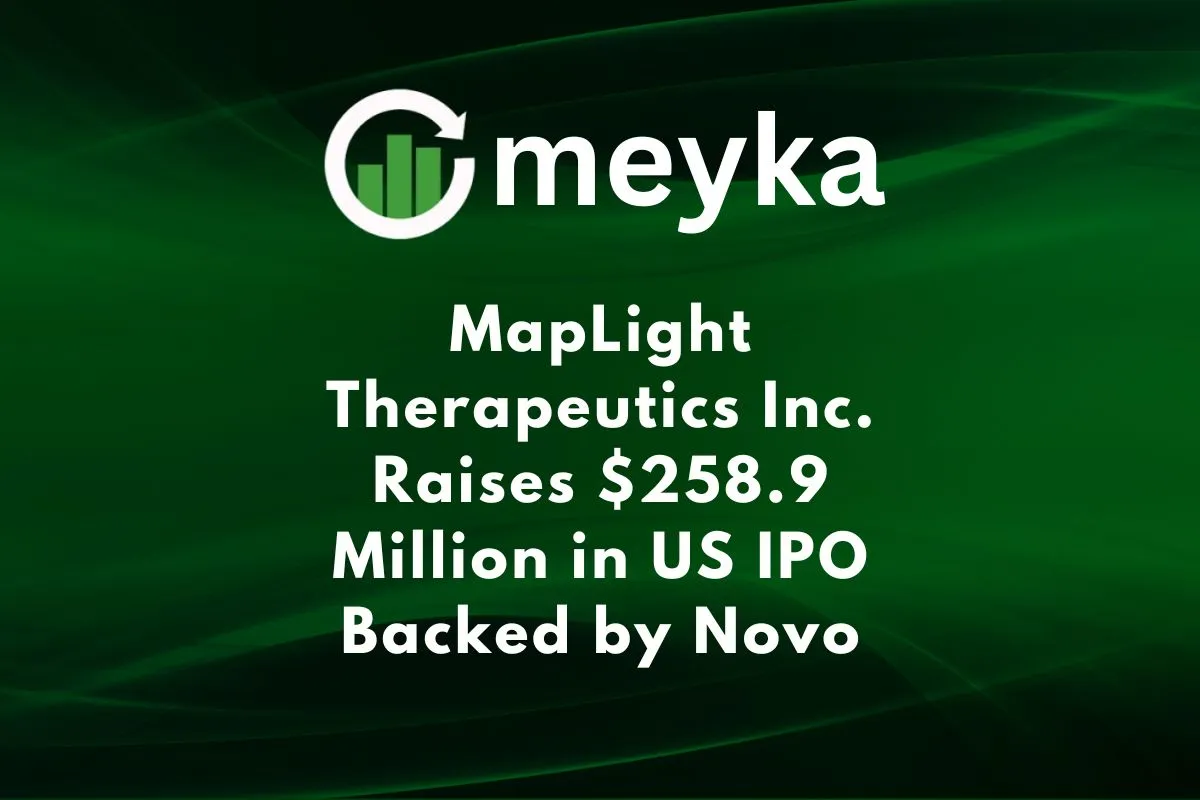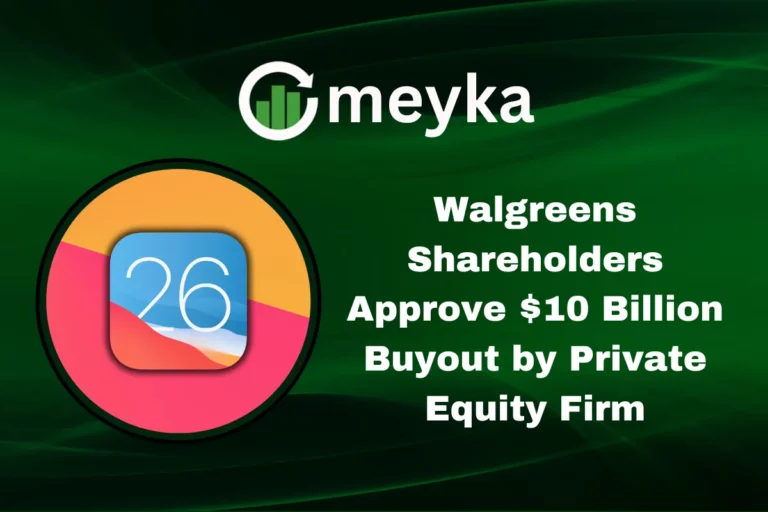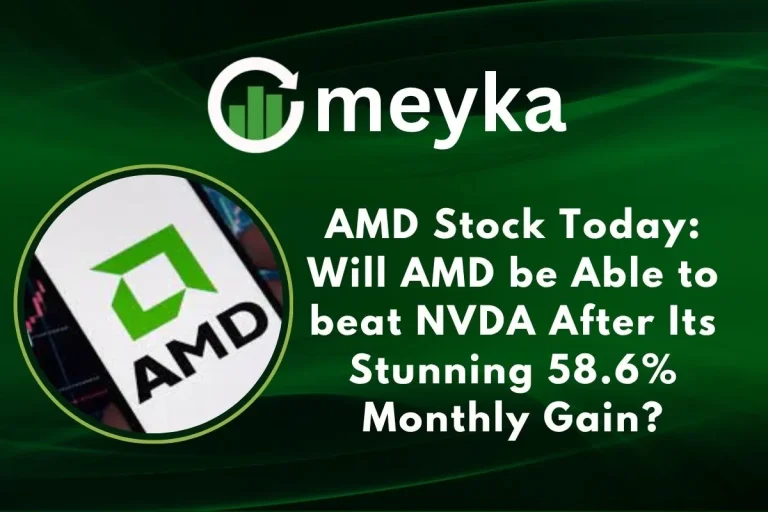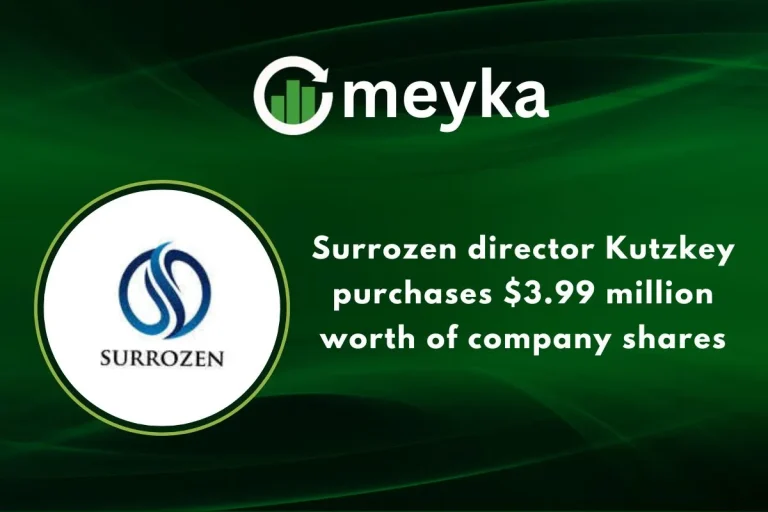MapLight Therapeutics Inc. Raises $258.9 Million in US IPO Backed by Novo
We are tracking a noteworthy biotech move: the initial public offering of MapLight Therapeutics, Inc. (ticker “MPLT”), a clinical-stage firm targeting central nervous system (CNS) disorders. The focus keyword “MapLight Therapeutics Inc.” appears early, emphasizing the company in the spotlight. The firm has secured about $258.9 million by selling 14.75 million shares at $17.00 each, plus a private placement of 476,707 shares to affiliates of Goldman Sachs Group Inc. at the same price. This IPO comes amid a rebounding biotech market, and MapLight is backed by major investors, including Novo Holdings A/S (via its venture arm). The company aims for a valuation of roughly $704 million post-IPO.
What does this mean for investors and for the broader biotech IPO theme? We explore the market backdrop, MapLight’s pipeline and positioning, the deal’s financial mechanics, and what to watch next. We provide context, data, and investor takeaways, helping you navigate this deal with clarity.
Biotech IPO Revival & MapLight’s Timing
The IPO cycle rebounds.
We are seeing fresh life in the healthcare-IPO market, after a cautious stretch earlier in 2025. MapLight’s offering taps that resurgence. MapLight is planning to raise ~$250.8 million via 14.8 million shares at $17 each, signaling investor interest. The firm’s timing appears opportunistic, as biotech listings have been scarce and large pharma interest in M&A is heating up.
Looking ahead, this issuance may signal renewed appetite for CNS-focused biotechs, especially those backed by major pharma or investors. For investors, that means IPOs like MapLight could carry both interest and risk; we need to weigh pipeline prospects, cash burn, and competitive landscape.
MapLight’s value proposition
MapLight is not a broad-spectrum biotech; it focuses specifically on neuro-psychiatric and CNS disorders, such as schizophrenia and Alzheimer’s disease psychosis (ADP). Its lead candidate, ML-007C-MA, is a fixed-dose combination targeting M₁/M₄ muscarinic receptors plus a peripheral anticholinergic (PAC). The company also has another program, ML-004, in Phase 2 for autism spectrum disorder.
This focus offers a narrative: addressing high-unmet need CNS disorders where few new treatments have emerged. That narrative underpins the IPO appeal. However, the landscape is competitive (for example, Cobenfy by Bristol‑Myers Squibb Co. failed in its Phase III readout), so execution risk remains material.
For investors, the takeaway: MapLight’s strategy aligns with a high-growth theme (CNS innovation) but brings typical biotech risks (clinical, regulatory, cash).
Deal Mechanics & Financial Context
IPO structure and proceeds
MapLight offered 14.75 million shares at $17.00 per share, raising gross proceeds of around $250.75 million. In addition, it sold 476,707 shares in a private placement at the same price to Goldman Sachs affiliates, bringing the total to ~$258.9 million. The company aims to list on the Nasdaq Global Market under the ticker “MPLT”.
The valuation target of ~$704 million comes from the filing based on outstanding shares post-offering. The company reported a net loss of $52.2 million in the first half of 2025, up from $37.3 million a year earlier.
Use of proceeds and investor backing
MapLight plans to deploy proceeds mostly into advancing its clinical pipeline: the Phase 2 trial of ML-007C-MA in schizophrenia started in July 2025; the Alzheimer’s psychosis study kicked off on September 17, 2025. Previous funding: Series D round of $372.5 million in July 2025. The backing by Novo Holdings, Forbion, Goldman Sachs Alternatives, Sanofi, and others adds credibility.
For investors, this means that although MapLight has strong backing and fresh capital, it also faces the typical burn of a clinical-stage biotech. Cash runway, milestone timing, and clinical risk will matter.
Pipeline Outlook and Competitive Landscape
Key programs to watch
MapLight’s lead asset ML-007C-MA is being developed for schizophrenia and Alzheimer’s disease psychosis (ADP). The schizophrenia study (ZEPHYR) is expected to yield topline results in the second half of 2026. The ADP trial (VISTA) is projected for the second half of 2027. The company has already completed Phase 1 studies involving 270 healthy participants and more than 1,500 doses of ML-007 administered.
A secondary asset, ML-004, is in Phase 2 for autism spectrum disorder social communication deficits; completion is slated for fall 2026.
Competitive risks and market opportunity
The CNS and neuropsychiatric disorders market is large: for example, schizophrenia affects about 1 % of the worldwide population, and ADP remains underserved. However, competition is stiff. For instance, Bristol-Myers’ Cobenfy failed to improve symptom severity in its Phase III schizophrenia study, highlighting that this is a high-risk space. Additionally, firms like AbbVie and Neumora are pursuing muscarinic receptor targets.
For investors, the key takeaway: success here could generate significant upside given the unmet need, but the milestones are still ahead, and failure is a meaningful risk. Time horizon and risk tolerance become crucial.
Conclusion
In sum, MapLight Therapeutics Inc.’s debut represents a timely entry into a rebounding biotech IPO market. The company has raised ~$258.9 million, is backed by a heavyweight investor, and is targeting disorders with high unmet need. For investors, the appeal lies in the potential upside if its leapfrogging succeeds and the company enters the Nasdaq under “MPLT”. The risks are clear: no approved products yet, significant cash burn, and clinical milestones still ahead (2016-27 readouts). In conclusion, we view the MapLight IPO as a strategic entry into neuro-psychiatric biotech, with meaningful upside but material risks. Smart investors will monitor pipeline progress, cash dynamics, and competitive moves closely because success or failure will shape the return profile.
Disclaimer:
The content shared by Meyka AI PTY LTD is solely for research and informational purposes. Meyka is not a financial advisory service, and the information provided should not be considered investment or trading advice.






